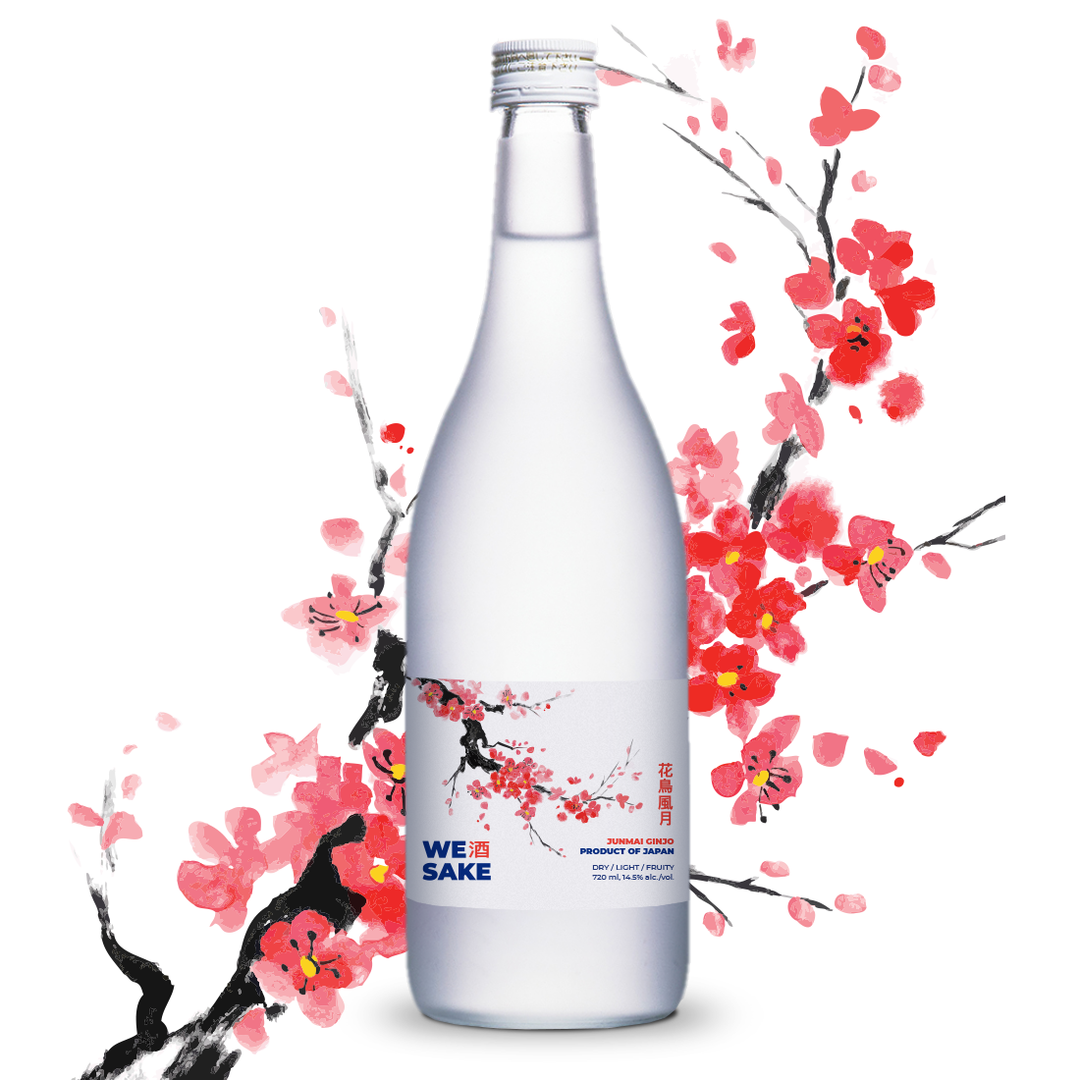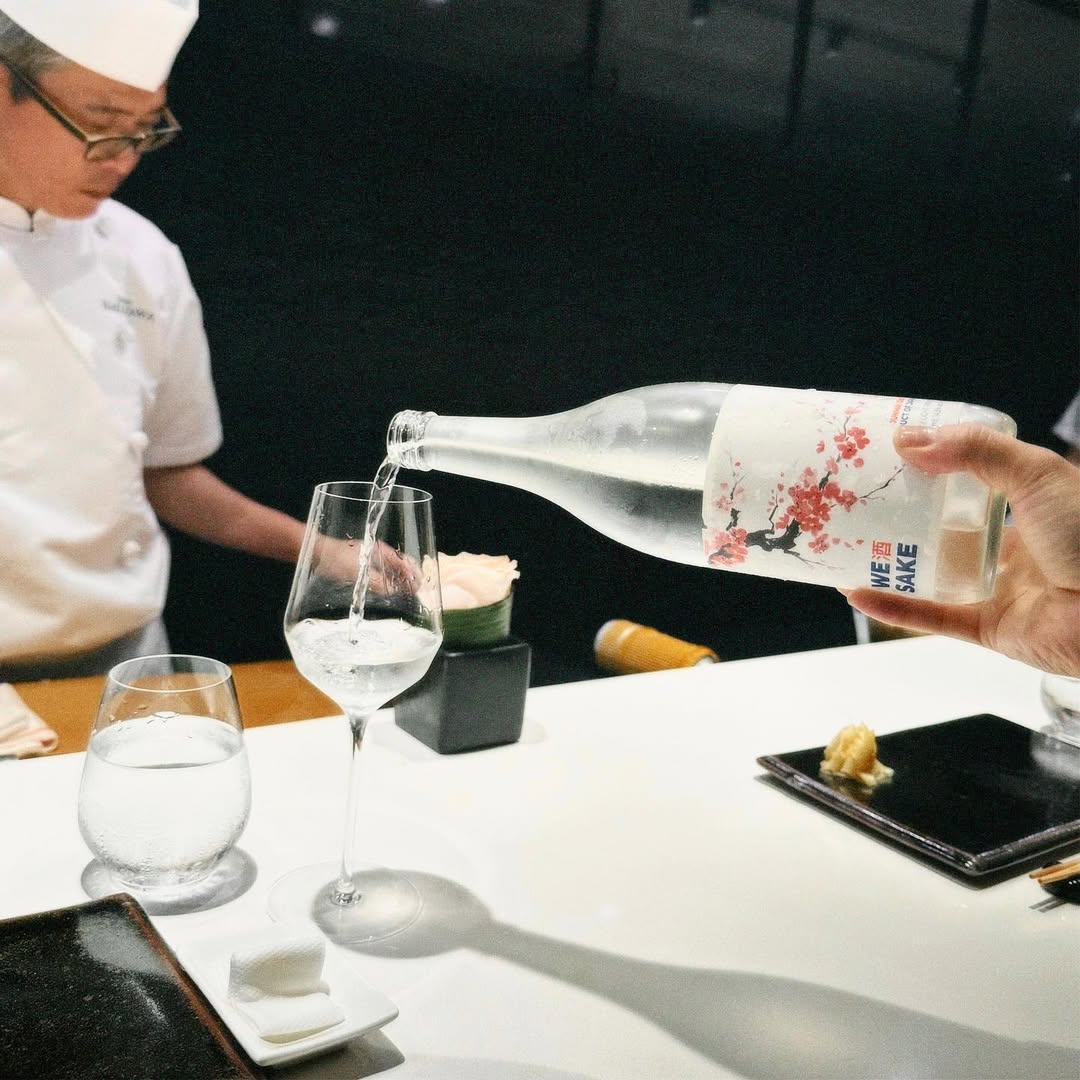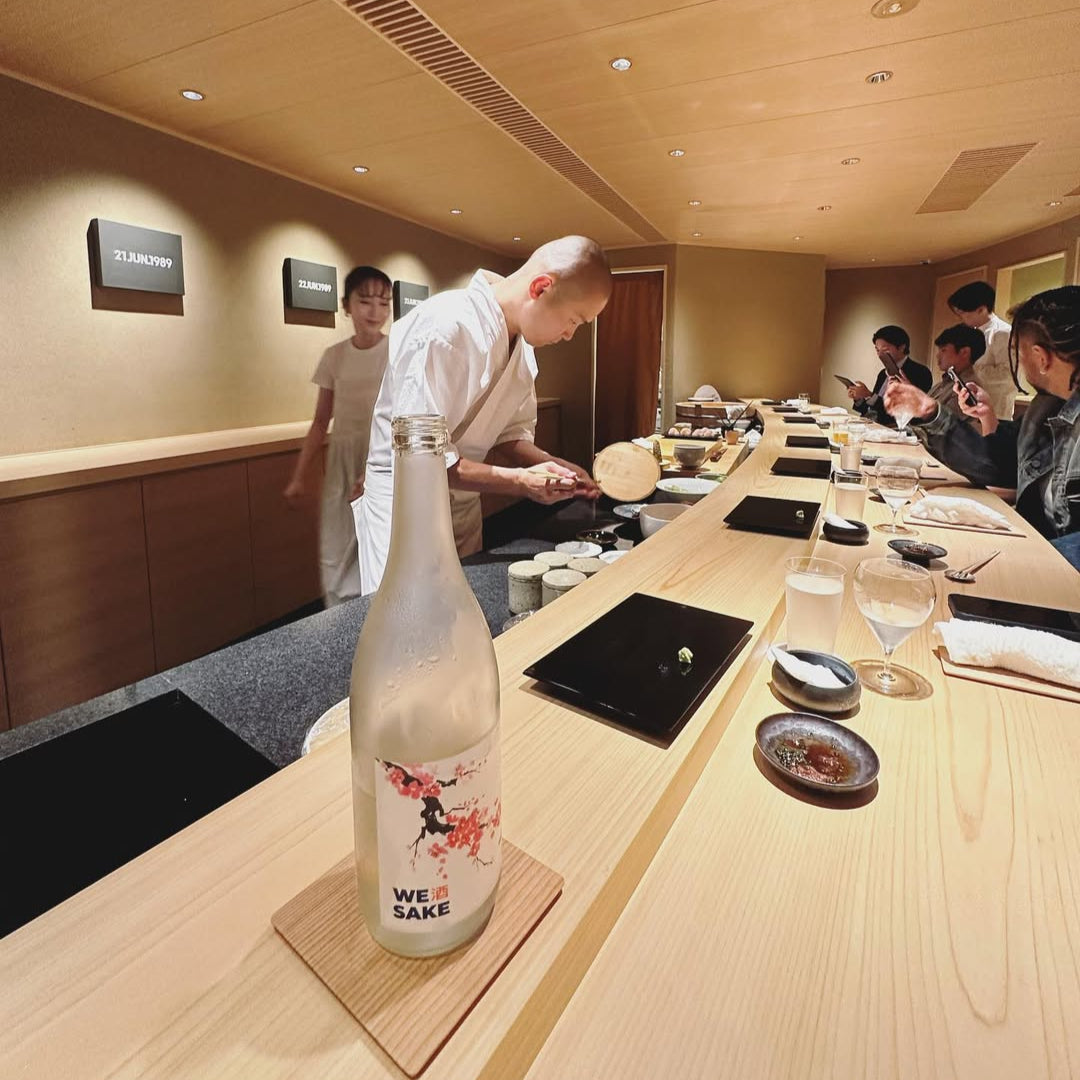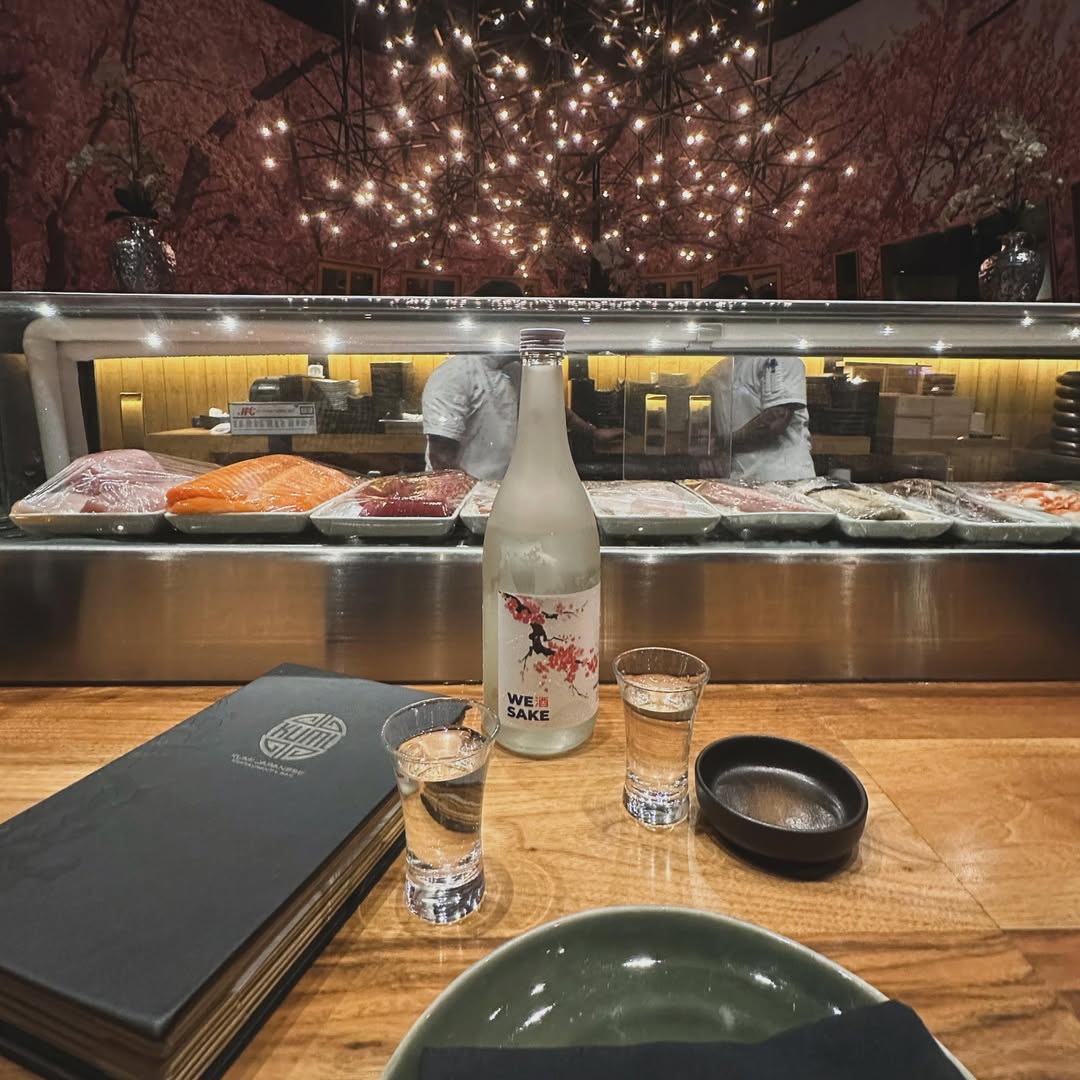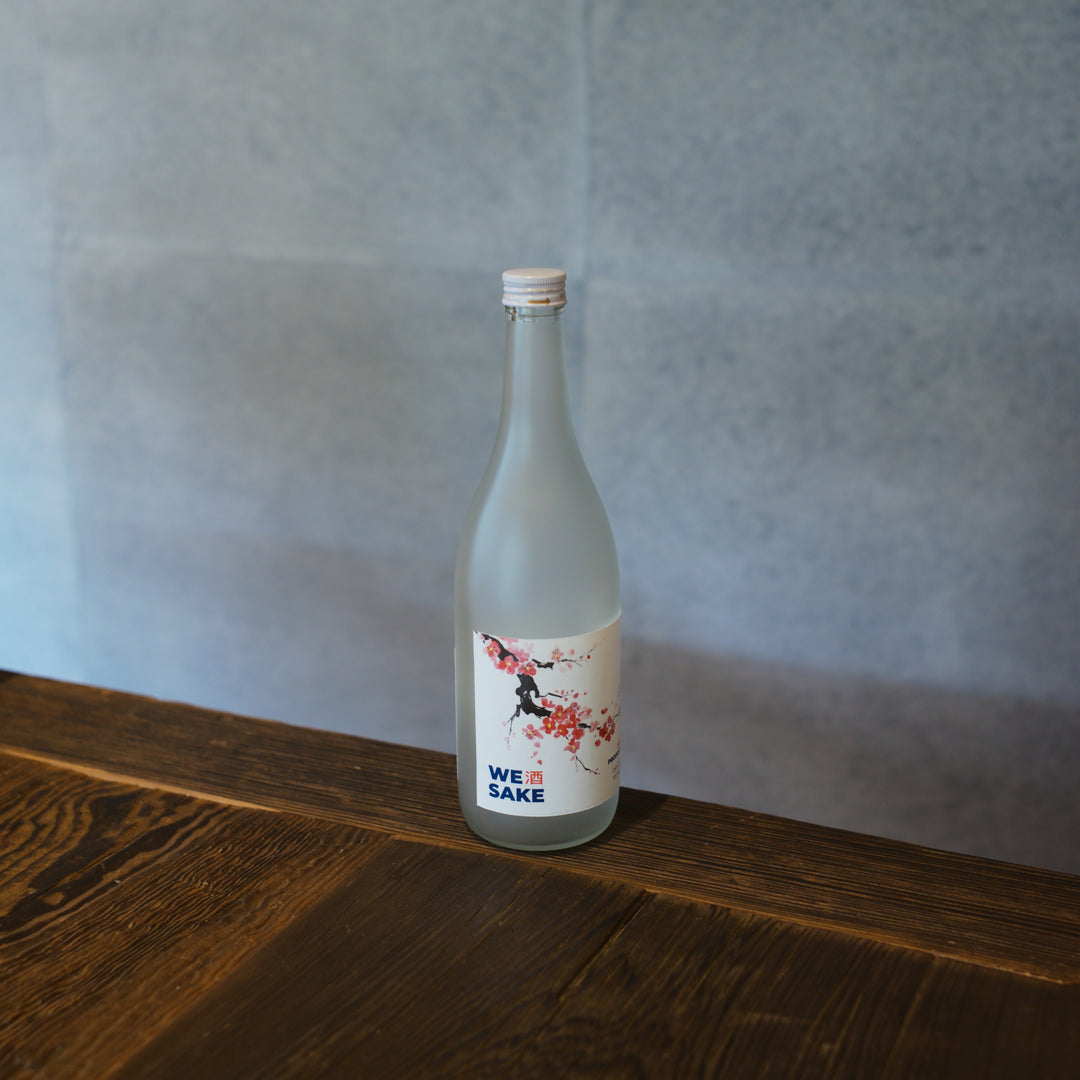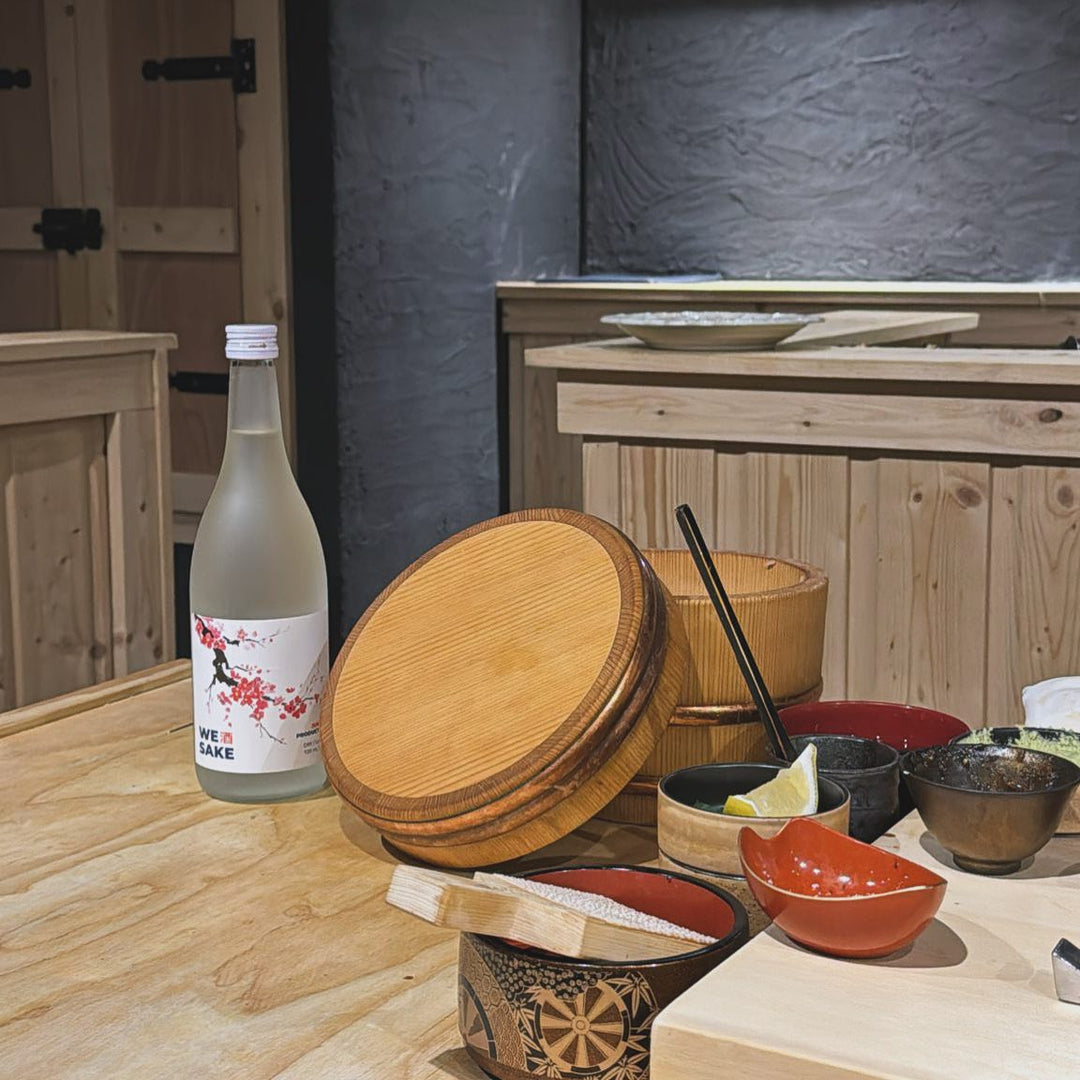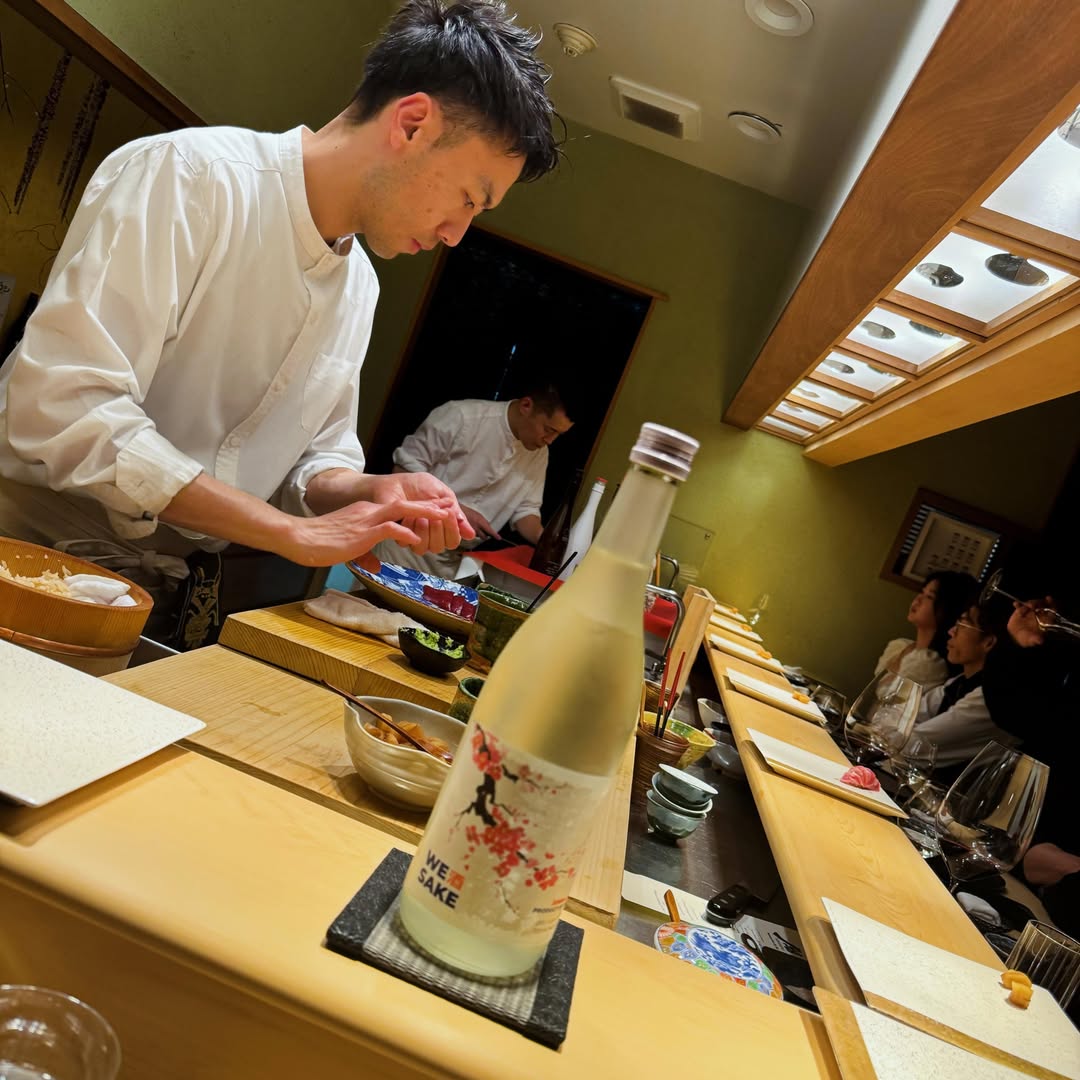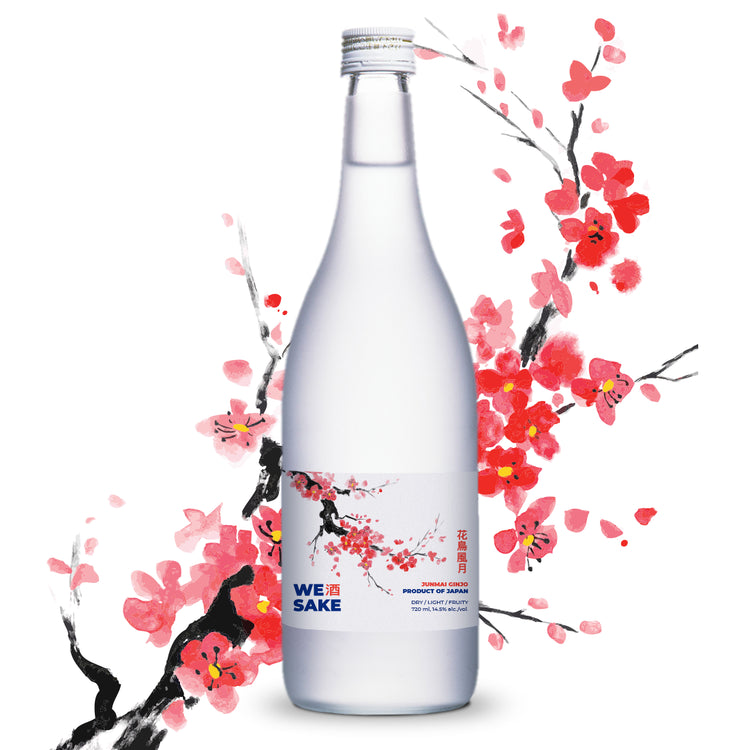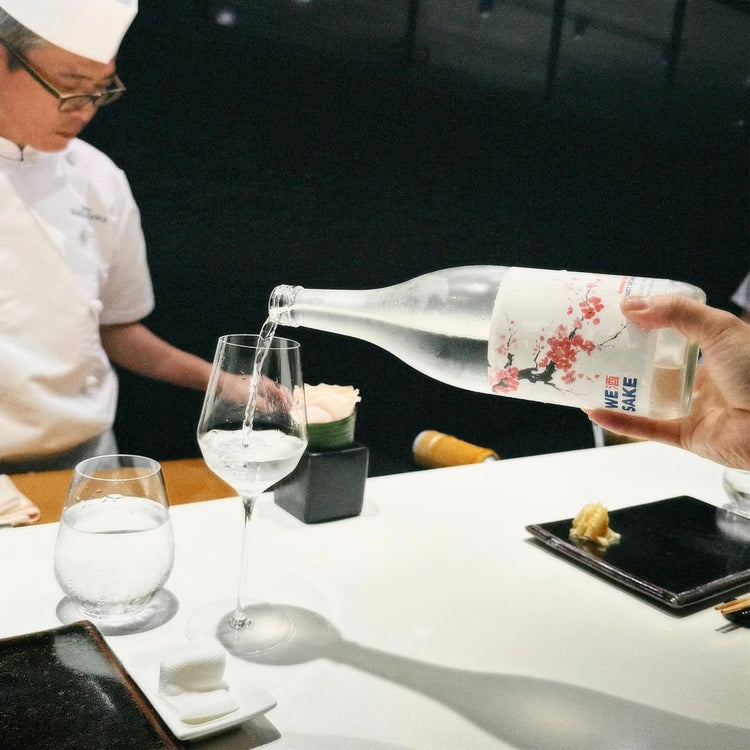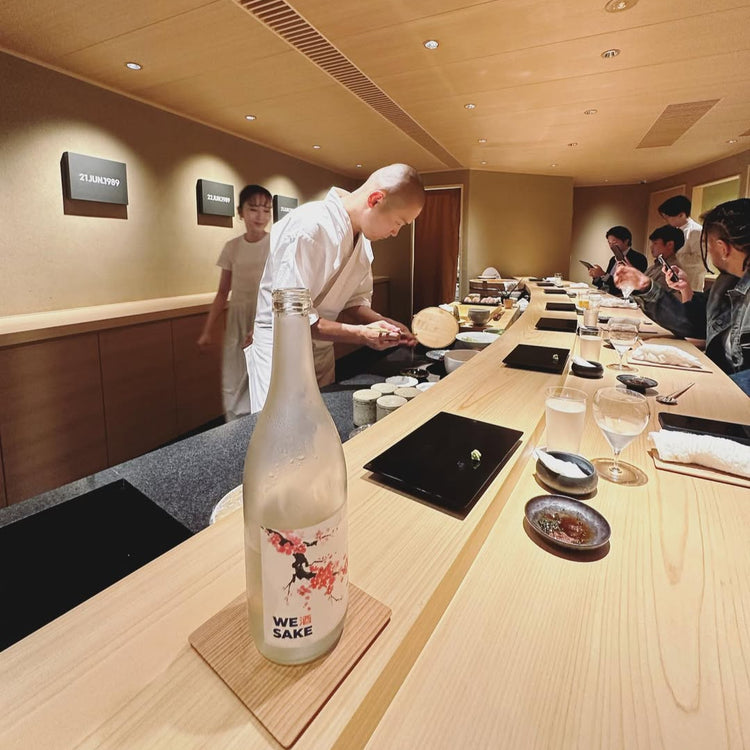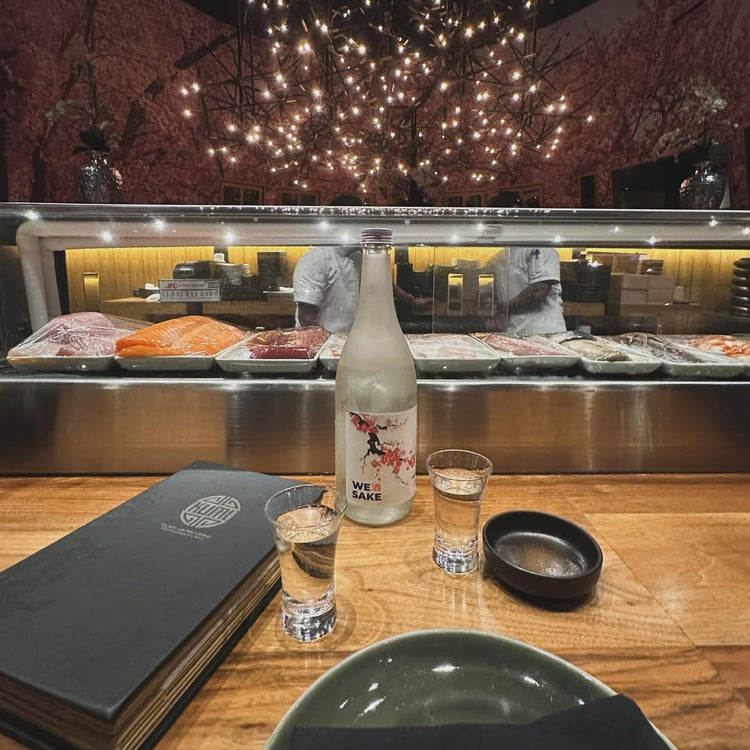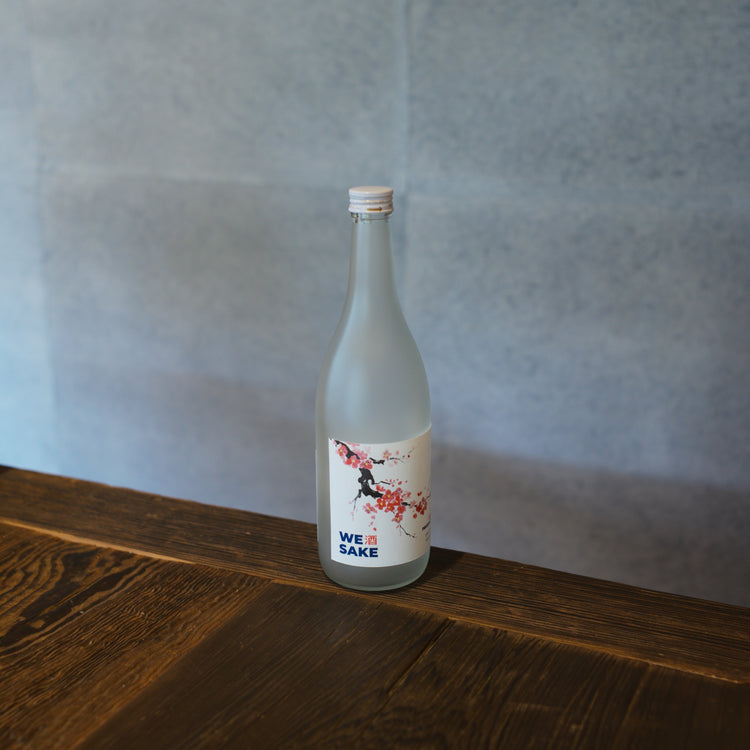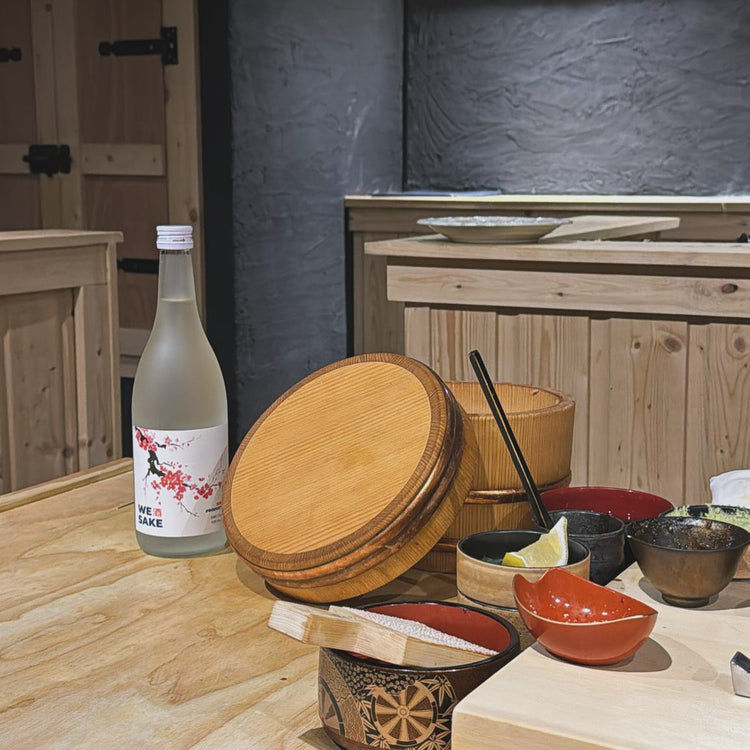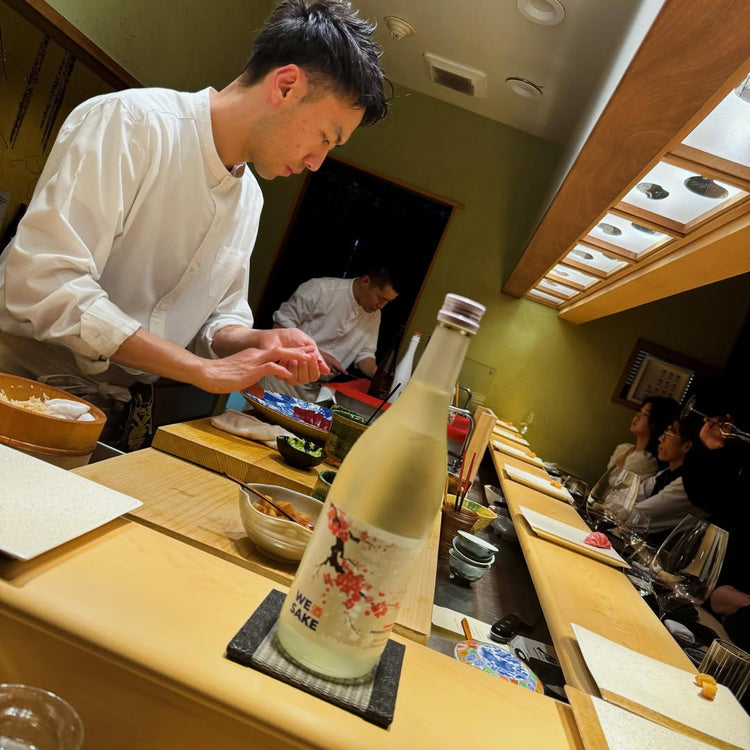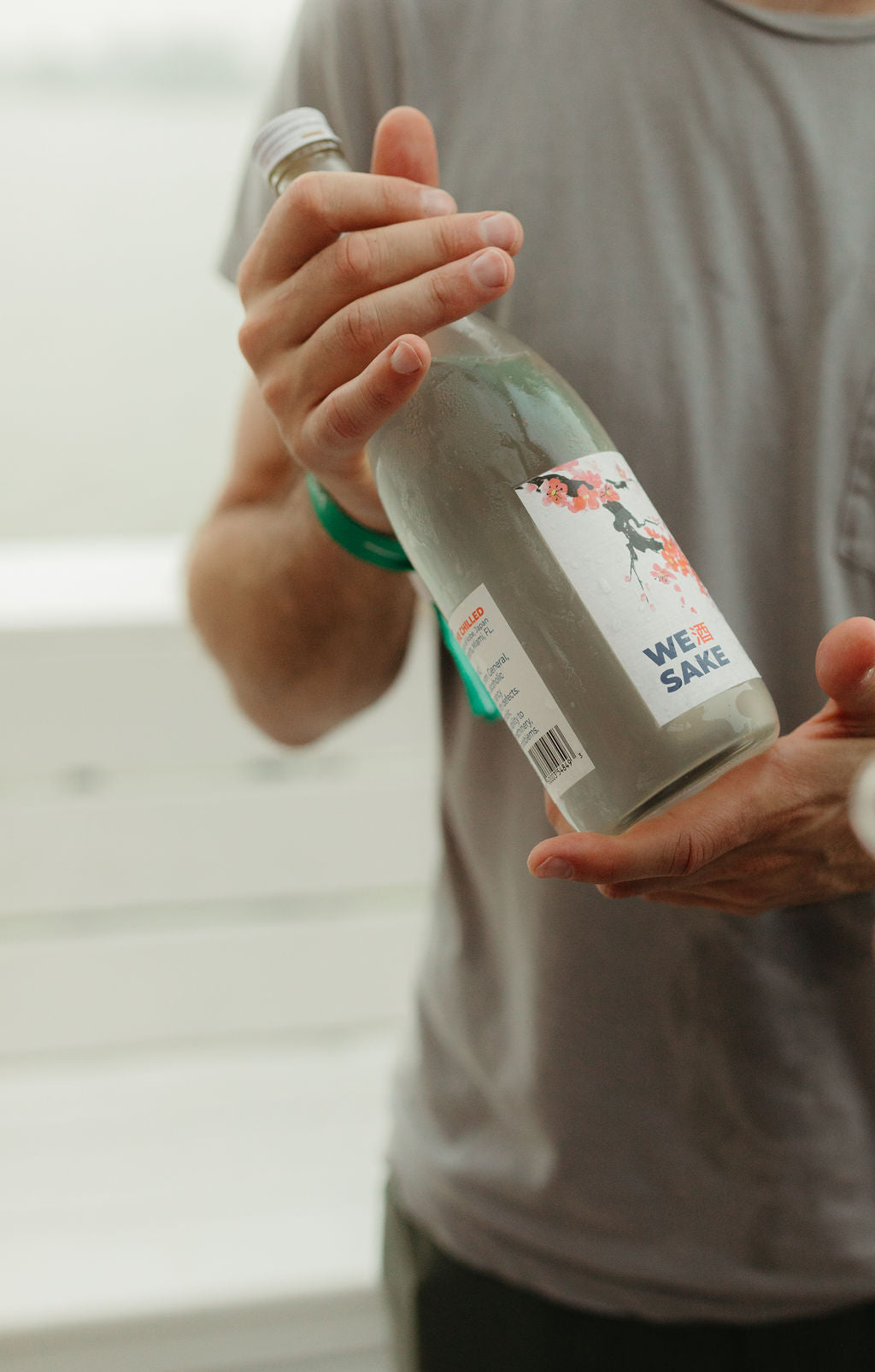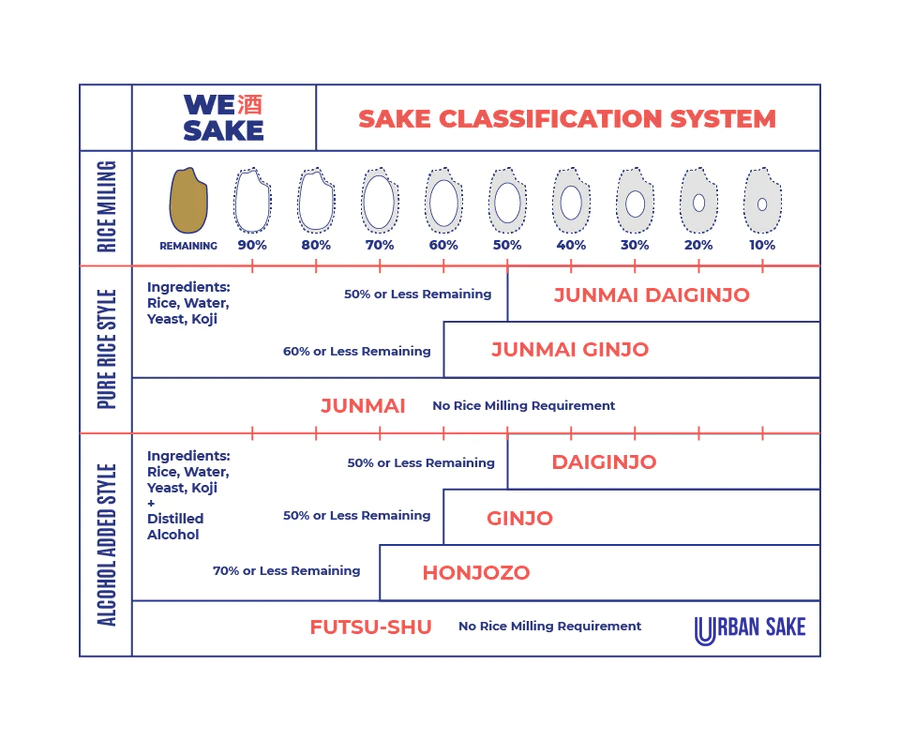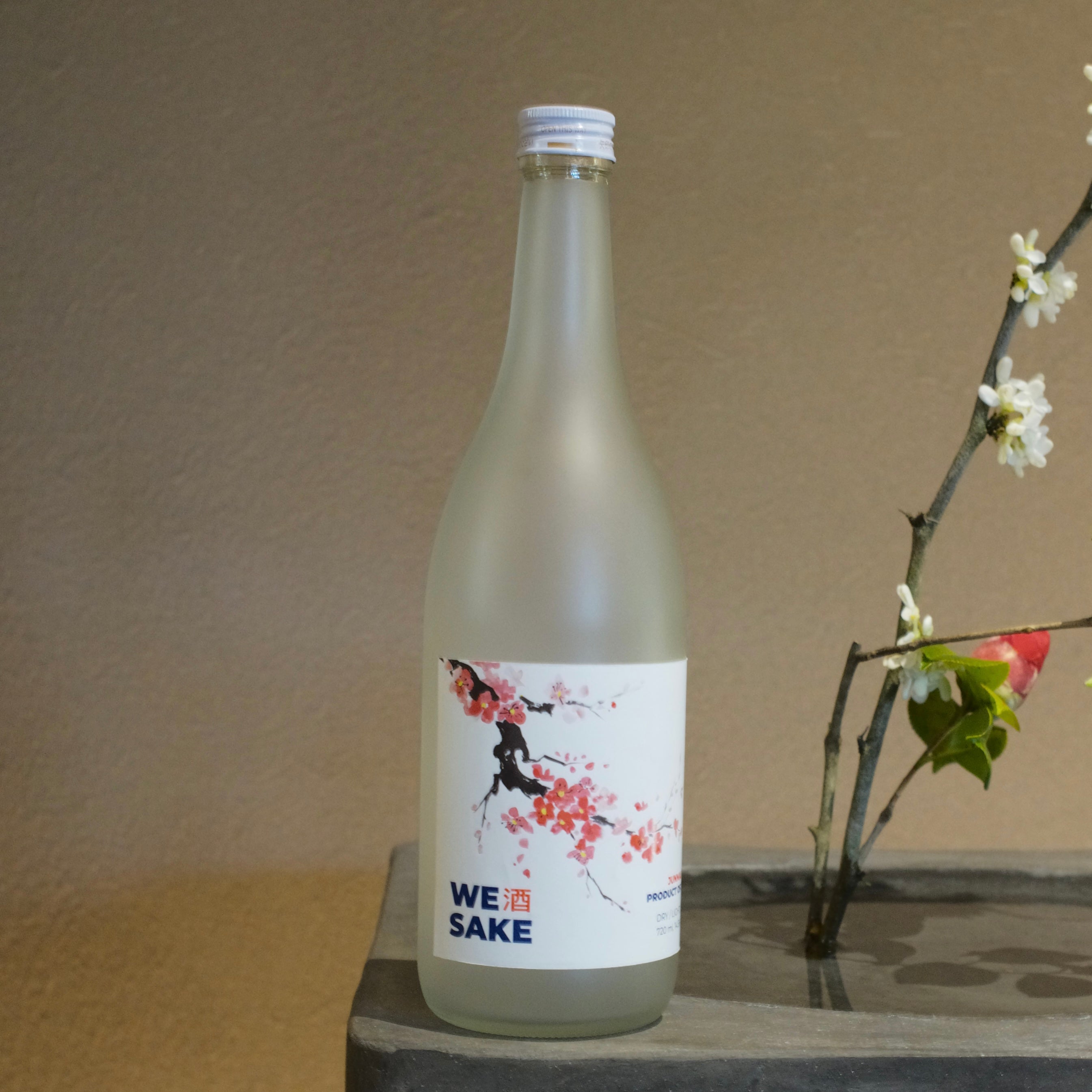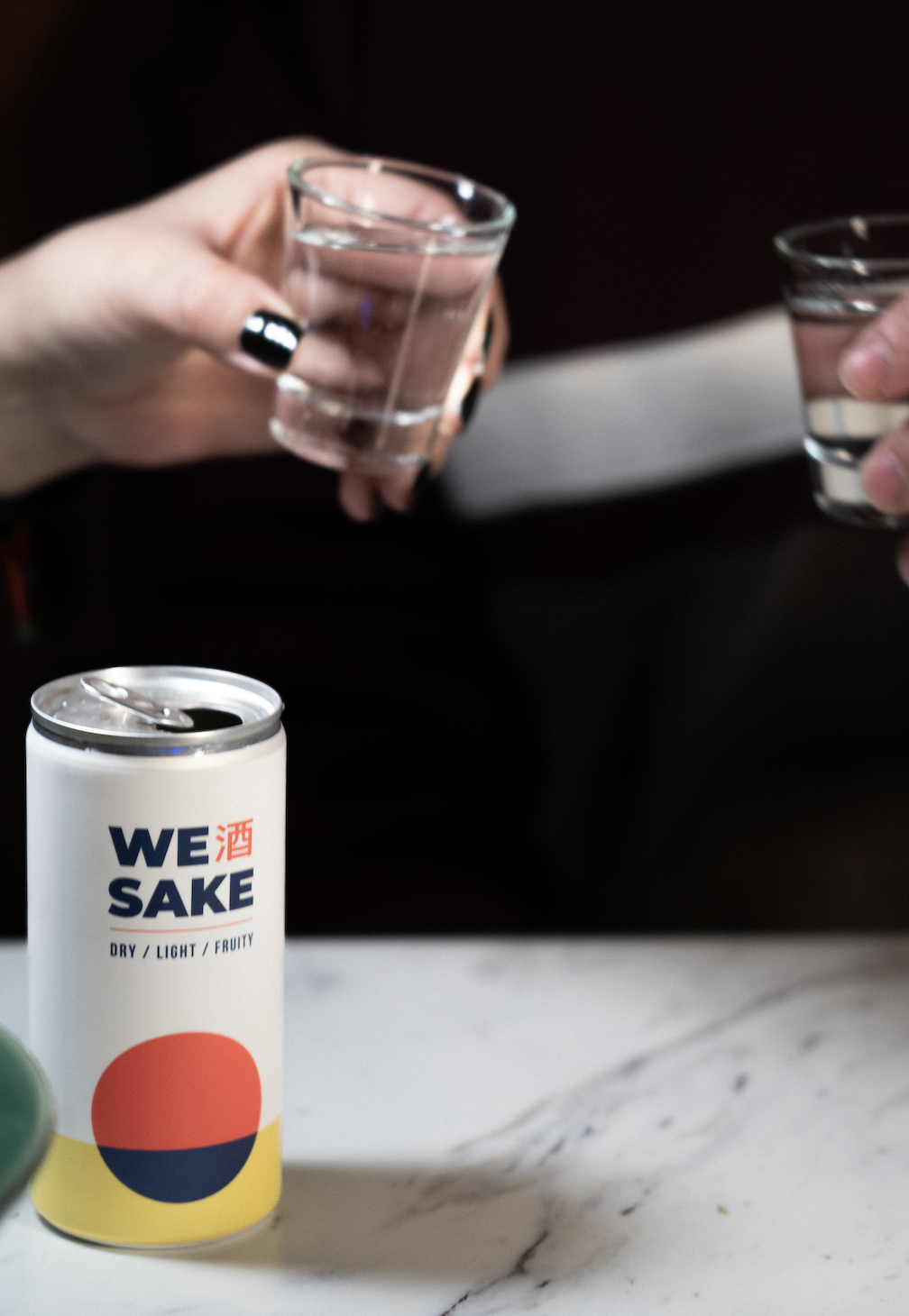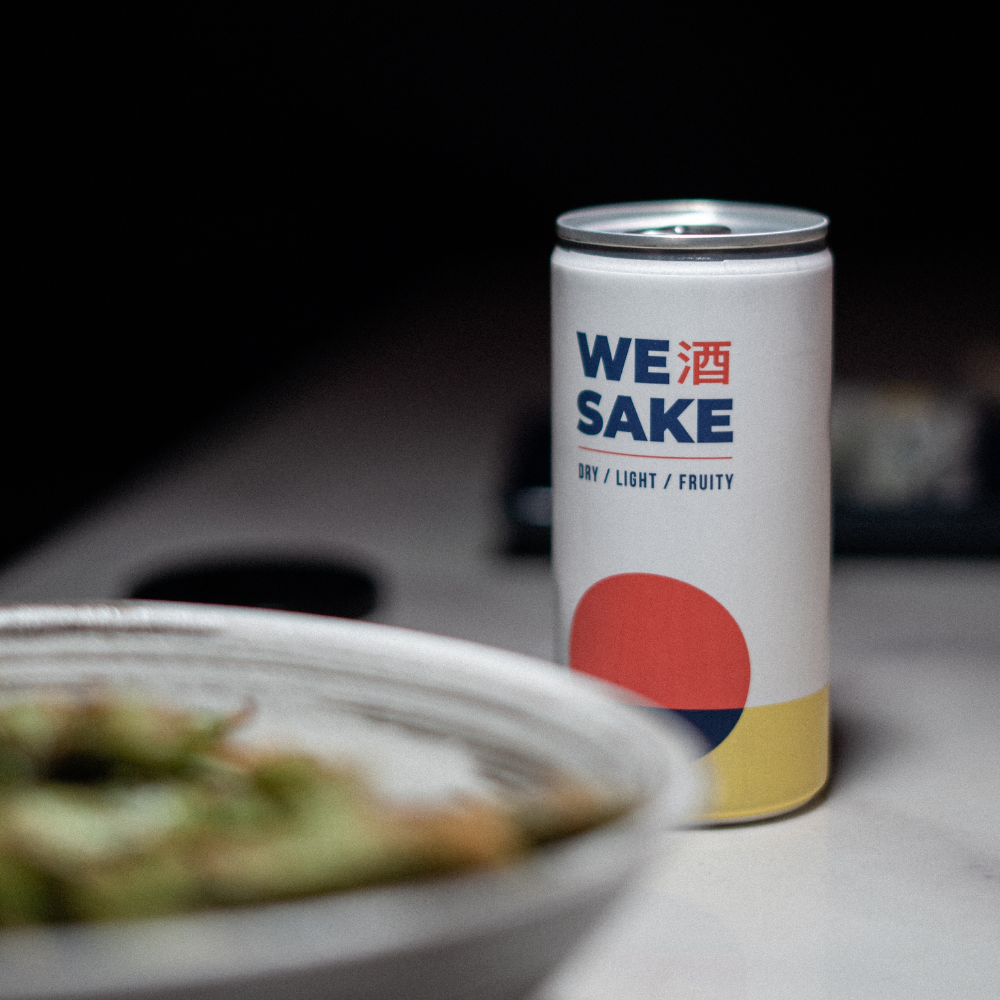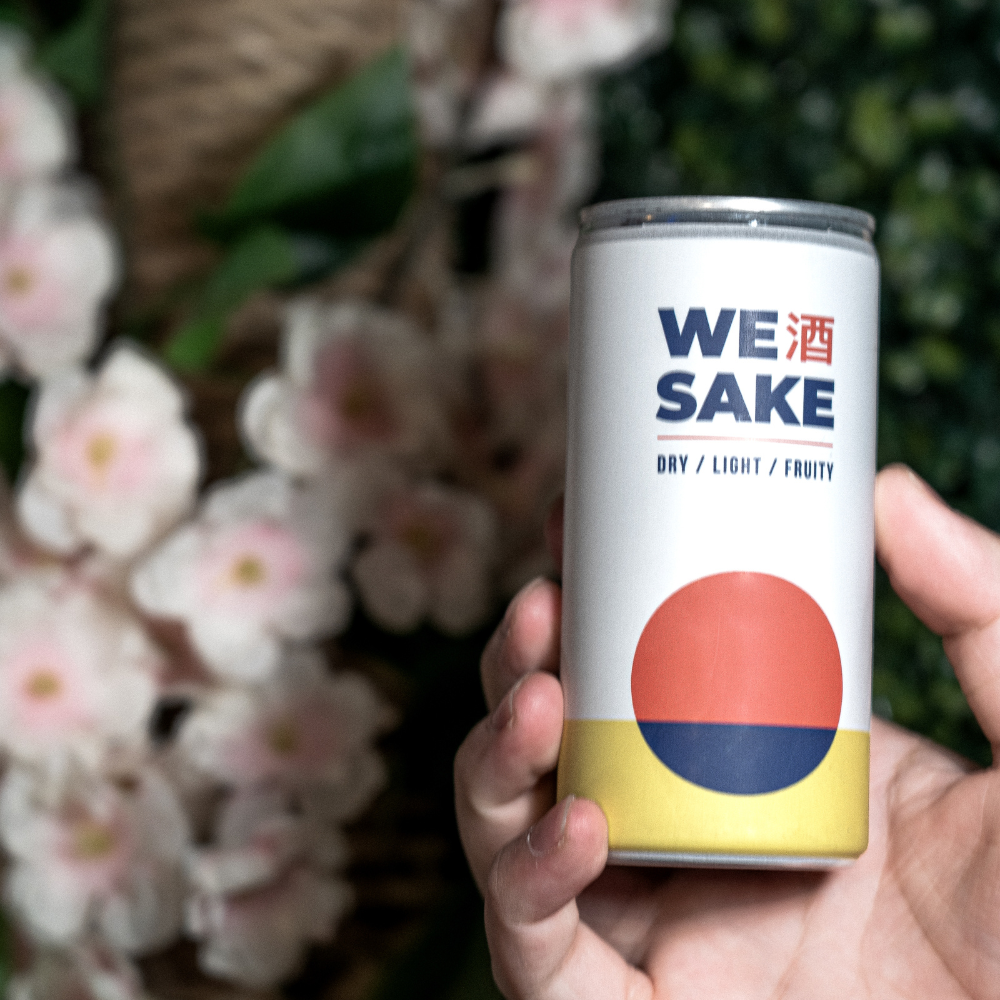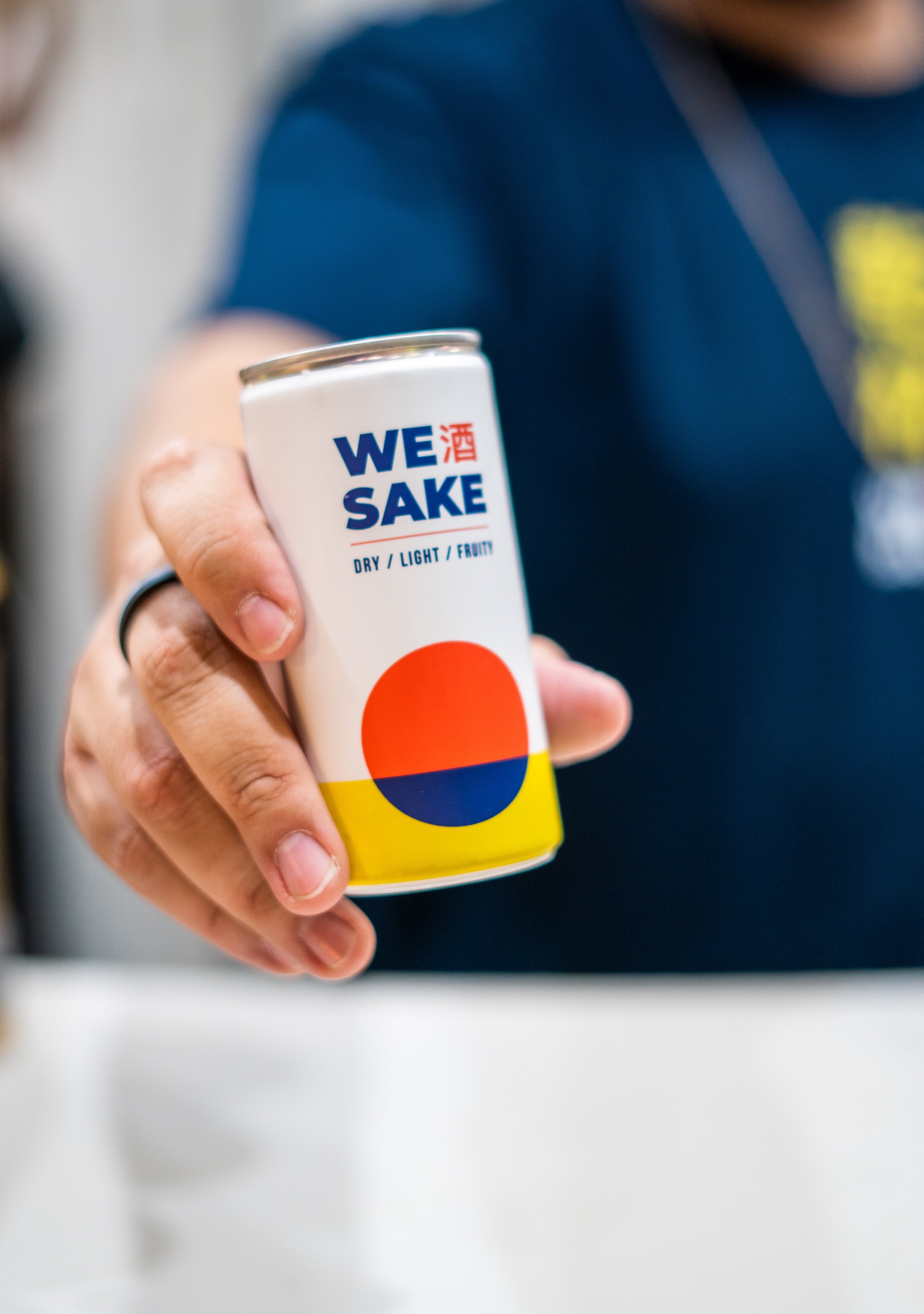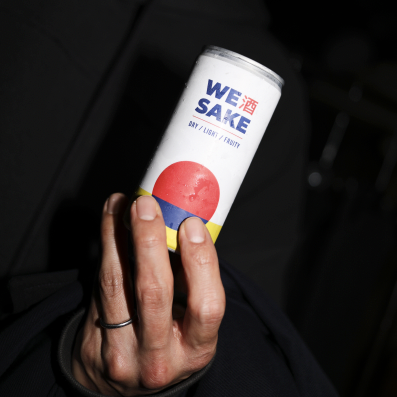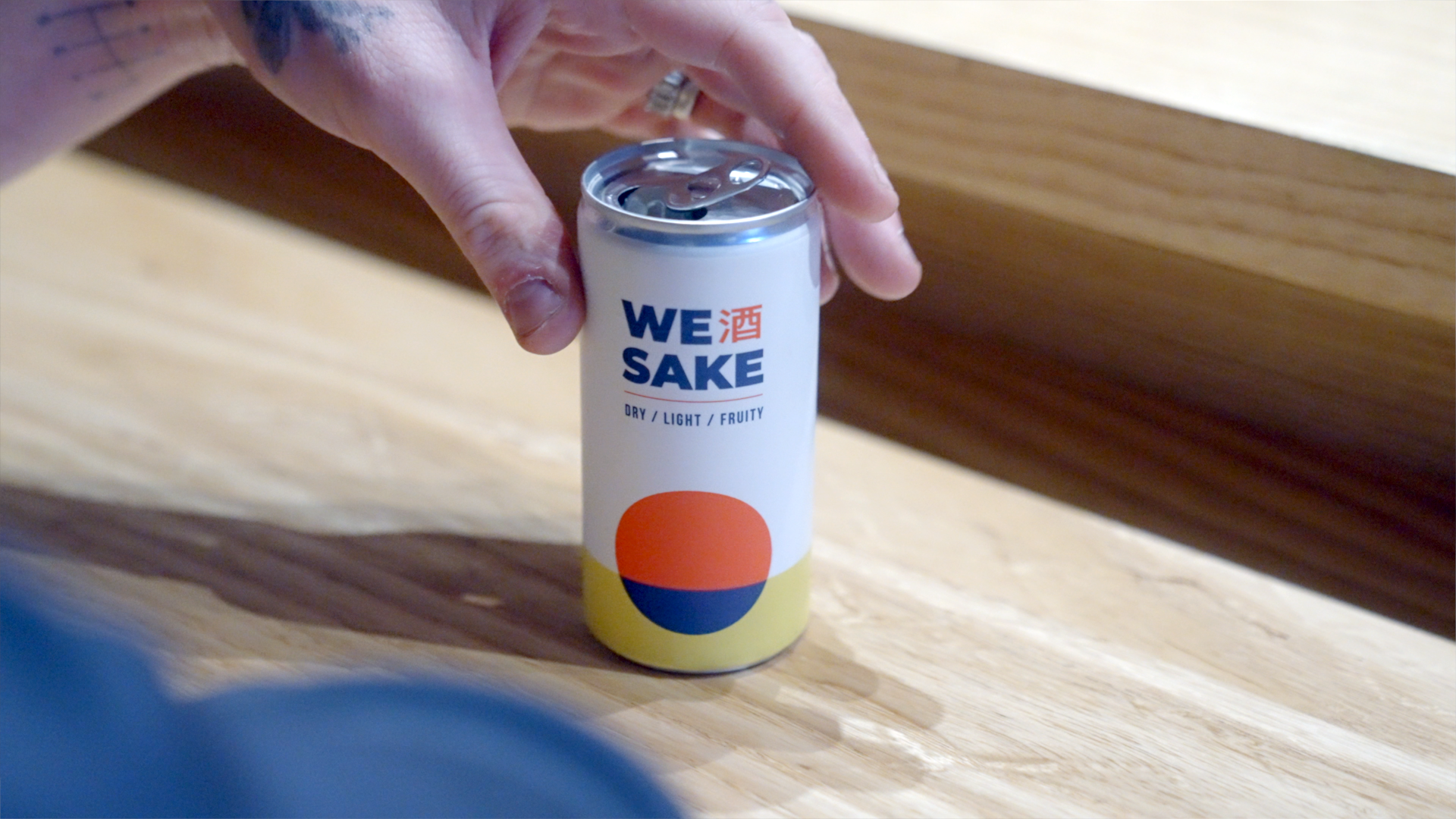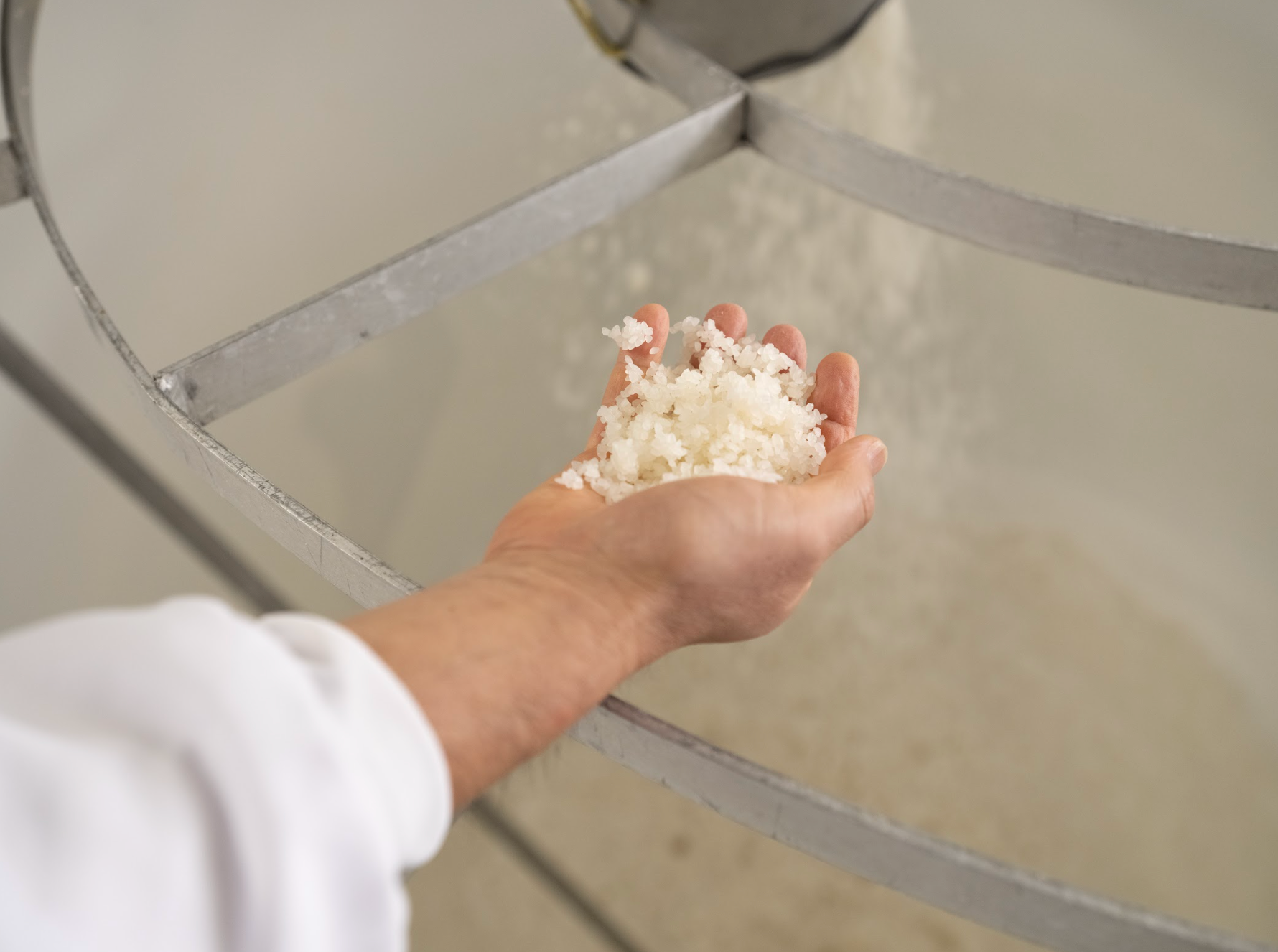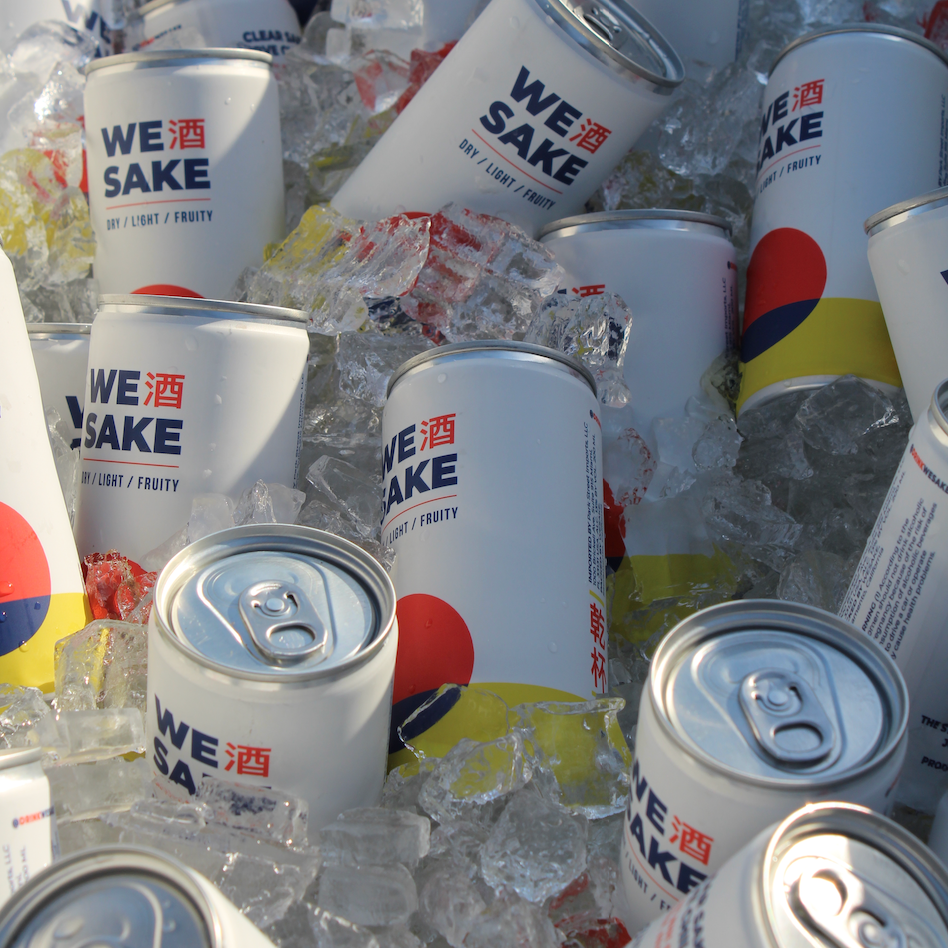How Long Does Sake Last After Opening?
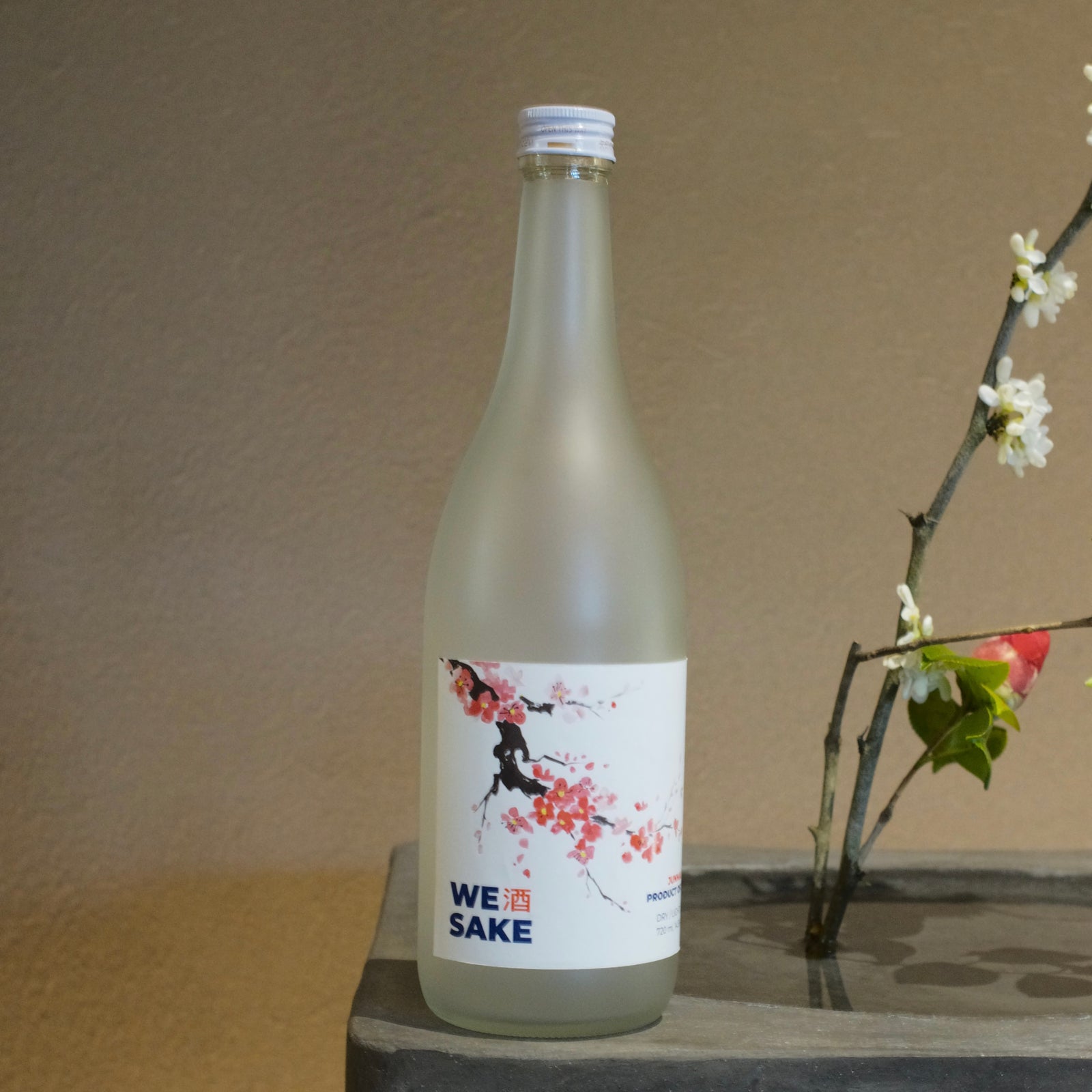
Generally, an opened bottle of sake will remain at its best quality for about 1 to 2 weeks.
Sake's shelf life after opening is a topic that often raises questions among enthusiasts. Unlike some other alcoholic beverages, such as spirits, sake is perishable due to its higher water content and the presence of organic compounds. Once the bottle is unsealed, several factors come into play that can impact the taste, aroma, and overall quality of the sake.
-
Oxidation: Oxygen is a sake's enemy after opening. Just like with wine, excessive exposure to air can lead to oxidation, which in turn can cause the sake to lose its vibrant flavors and aromas. This is why it's recommended to consume the opened sake relatively quickly.
-
Temperature: Fluctuations in temperature can accelerate the degradation process of sake. Storing the opened bottle in a cool, dark place is ideal to slow down the chemical reactions that affect its taste.
-
Light: UV light can also be detrimental to sake's flavor profile. To extend the shelf life of an opened bottle, keep it away from direct sunlight.
-
Bottle Size: Larger bottles tend to preserve the sake better than smaller ones. This is because there's less air in the bottle relative to the volume of liquid, reducing the impact of oxidation.
How Long Does Sake Last After Opening?
The answer to this question depends on various factors, including the quality of the sake, storage conditions, and personal preferences. Generally, an opened bottle of sake will remain at its best quality for about 1 to 2 weeks. However, some premium sakes with higher alcohol content and acidity might last a bit longer. It's important to note that while the sake may still be safe to consume beyond this timeframe, its flavor and aroma may have noticeably deteriorated.
Tips for Extending Sake's Lifespan
-
Refrigeration: Keeping your opened sake in the refrigerator is the best way to slow down oxidation and maintain its quality. Make sure the cap is tightly sealed to minimize air exposure.
-
Vacuum Sealers: Some sake enthusiasts use vacuum sealers to remove excess air from the bottle before resealing it. This can help extend the shelf life a bit further.
-
Small Bottles: If you anticipate not finishing a large bottle of sake in one sitting, consider transferring the remaining sake to a smaller bottle to reduce the air space.
-
Temperature Control: Avoid exposing the sake to extreme temperatures or rapid fluctuations. A consistent storage environment helps preserve its quality.






